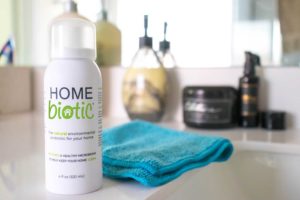Soil-Based Microbes Provide Natural Mold Protection
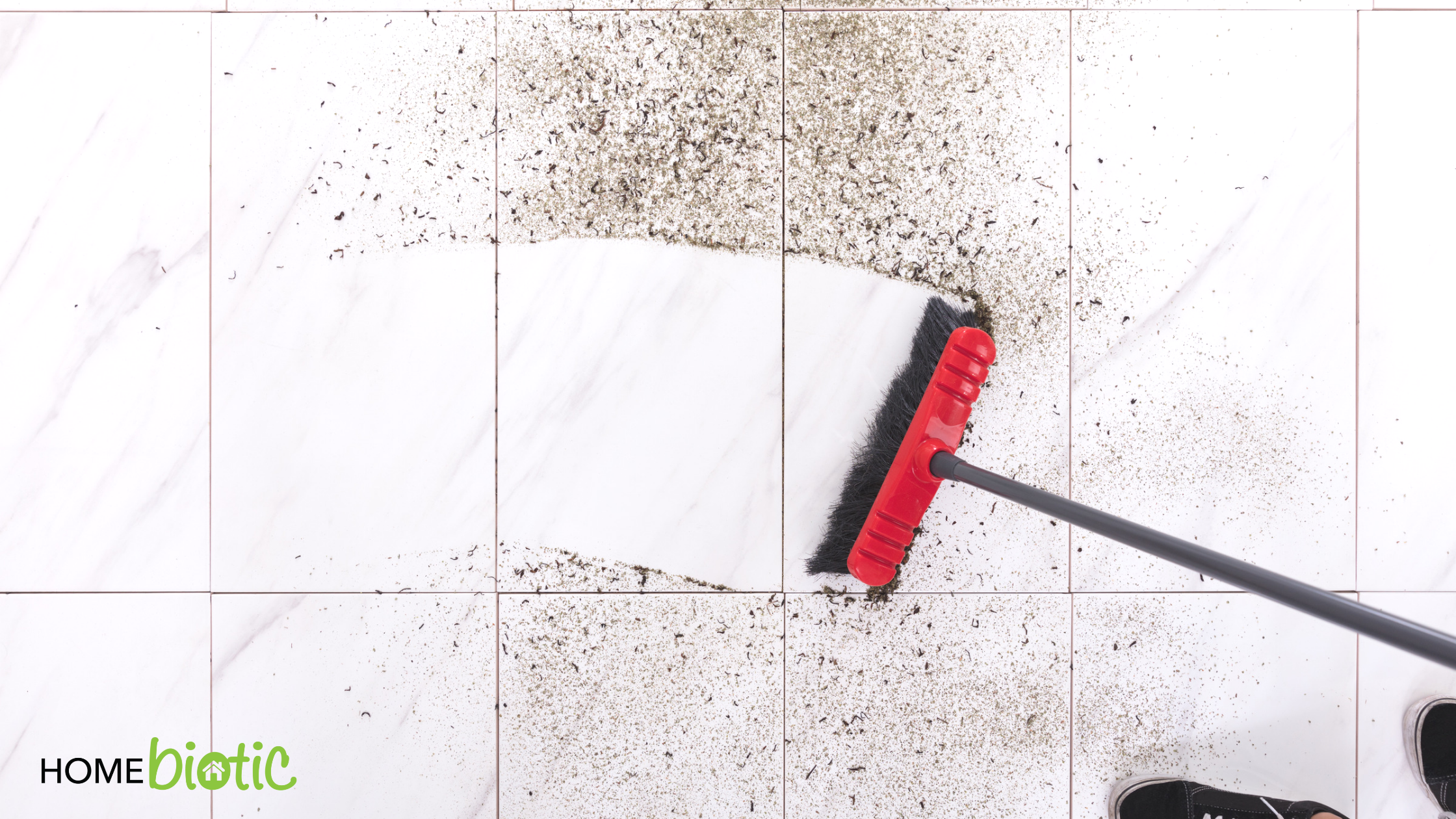
Did you know: soil-based microbes provide natural mold protection? One fact that surprises most people is that out of hundreds of thousands of microbes, only about fifty species actually cause us harm (1). These species include mold as well as dangerous bacteria that cause illness. So many microbes and yet so few are harmful. Yet, to this day, most modern research around microbes focuses on avoiding and removing them. As for the hundreds of thousands of microbes that are not dangerous, such as the many diverse bacteria that live in soil, we barely give them our attention.
In his book “Never Home Alone,” Rob Dunn recounts the many microbes that share our home environments. In modern homes, these microbes tend to be bacteria that live in and on human bodies. But there are many more microbes that have shared our living space throughout history (1). In fact, humans have always lived with many diverse microbes. However, in the last century or so, we’ve regarded them as a potential threat that we need to eradicate. And now, our modern lifestyle bears little resemblance to when humans lived closer to nature.

As Dunn discusses, it’s only in the last century where humans have purposely lived in closed environments that are cut off from the outside. Before that, we lived together with soil-based microbes that created a vast and diverse microbial landscape (1). Unfortunately, we’re beginning to see the adverse effects of cutting ourselves off from a relationship with soil-based microbes. Indeed, experts have shown that when biodiversity decreases, human inflammatory illnesses increase (1,2).
Unfortunately, we're beginning to see the adverse effects of cutting ourselves off from a relationship with soil-based microbes. Indeed, experts have shown that when biodiversity decreases, human inflammatory illnesses increase Share on XChronic illnesses such as allergies, asthma, irritable bowel disease, and autoimmune disorders have all been linked to dwindling biodiversity and a lack of beneficial microbes (2,3,4,5). Even worse, there is so much confusion out there about what makes microbes beneficial versus harmful. And most modern humans treat all microbes as a “nasty bug” that needs to be removed. More so, most people shudder when they hear that it’s a good thing to live with many microbes. Fortunately, there’s never been a better time to learn when it comes to microbial education.
 Mold & Soil-based Microbes
Mold & Soil-based Microbes
We know that mold has the potential to make us sick, but most people don’t realize that mold was never an issue for human life before things got so modern.
For example, Dunn discusses research studies done in Amish environments where people live closer to animals and nature. Amish homes are teeming with microbes, but what makes them different from modern homes is that the microbial life is much more diverse. Not only that, but these homes also contain many species found only in soil (1,6,7).
Here’s what may surprise you – most of these homes don’t contain as much harmful bacteria or mold as many modern homes have. Why? Because diverse soil-based bacteria help keep the home microbiome balanced. Also, soil-based microbes keeps our human immune systems balanced and healthy (1,6,7,8).
Microbes, like any animal in nature, are opportunists. They grow wherever there’s food and space that allows them to reproduce. And for open environments where the outside and inside are more connected, species need to compete for food and space. This is what creates balance in nature (1,6,8).
One only has to observe biodiverse habitats like jungles or boreal forests to see how everything strives to live in balance. And wherever diversity is allowed to thrive, there is a healthy balance of microbes.
One only has to observe biodiverse habitats like jungles or boreal forests to see how everything strives to live in balance. And wherever diversity is allowed to thrive, there is a healthy balance of microbes. Share on X
Our modern homes are no different. Only a few species will thrive and reproduce if we remove the ability to create a diverse microbial balance. Unfortunately, this means that harmful microbes, such as mold, may have more chances to grow in a modern home precisely because it is void of soil-based microbes (9,10).
There’s a fascinating study looking at the mold and bacteria balance required to make cheese. Each microbe must live in balance with the other for the cheese-making process to happen at all. So, of course, bacteria and mold have ways to compete with each other and maintain balance (11,12). This same process happens in nature. And without this microbial competition, we wouldn’t have the life and death balance that actually helps nature to exist in the first place. As humans, we rely on our natural environment to survive. Thus, we absolutely need to live with and among diverse microbes.
 Where Are Soil-Based Microbes?
Where Are Soil-Based Microbes?
The answers are fairly obvious. Soil-based microbes come from outside of our homes. But, our modern home structures, beliefs, and cleaning practices have made it almost impossible to live with soil-based microbes. Unfortunately, humans have never been more cut-off from nature than we are in the present day. Our homes are teeming with our skin, fecal, saliva, and food bacteria. However, studies show that most modern homes are void of outside soil-based bacteria (10,11).
So instead of creating a balance, we create opportunities for microbes like mold to grow. Almost all mold species love moisture, warmth, and the cellulose-containing materials that homes are made of. Therefore, we can see why modern homes are Petri dishes for mold (13). Research shows that homes containing more diverse soil-based microbes have fewer mold issues (10,11,13).
 Why Don’t We Have Them in Modern Homes?
Why Don’t We Have Them in Modern Homes?
We bleach, sweep, and do whatever we can to get rid of microbes because we mistakenly believe they’re bad for us. The good news is that we know the truth now, and there’s much we can do to live with soil-based microbes again. By understanding the need for microbial balance in our homes, we can allow soil-based microbes to enter and remain in our living spaces. This naturally reduces harmful microbes like mold and other dangerous bacteria.
So instead of running away from soil-based microbes, we can learn to invite them in again. This can be as simple as not using harsh chemical cleaners, spending more time outside, and not getting too upset about bringing in some dirt on our shoes. And if you have a dog living in your home, this is excellent news. Research shows that homes with dogs have more soil-based bacteria than homes without dogs (14).
Also, you can explore using products like Homebiotics Probiotic Spray. This product contains thousands of soil-based microbes that colonize and naturally protect against harmful microbes like mold.
Lastly, the more we learn and connect to our natural environment, the better we will be. Today’s answer to many health issues may be to enhance our biodiversity, not decrease it through fear and use of harsh chemicals to kill it off. We don’t need to go back to living on farms, but we can create a modern world that includes soil-based microbes and more connected to nature.
References
https://robdunnlab.com/science-portfolio/never-home-alone/
https://www.pnas.org/content/109/21/8334
https://erj.ersjournals.com/content/44/Suppl_58/P1187
https://onlinelibrary.wiley.com/doi/abs/10.1111/all.13002
https://www.pnas.org/content/110/46/18360?etoc=
https://pubmed.ncbi.nlm.nih.gov/23103806/?dopt=Abstract
https://www.nejm.org/doi/pdf/10.1056/NEJMoa1508749
https://science.sciencemag.org/content/336/6080/489
https://www.sciencedirect.com/science/article/abs/pii/S0013935115000304


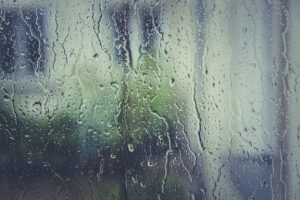 1. CONTROL MOISTURE & CONDENSATION
1. CONTROL MOISTURE & CONDENSATION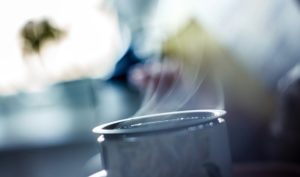 2. CONTROL HUMIDITY
2. CONTROL HUMIDITY 3. CLEAN YOUR AIR CONDITIONING UNIT
3. CLEAN YOUR AIR CONDITIONING UNIT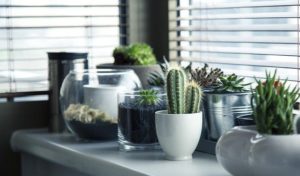 4. INSPECT INDOOR PLANTS
4. INSPECT INDOOR PLANTS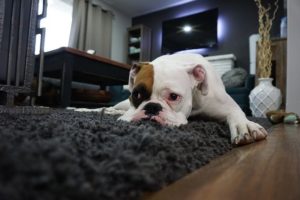 5. TACKLE YOUR CARPETS
5. TACKLE YOUR CARPETS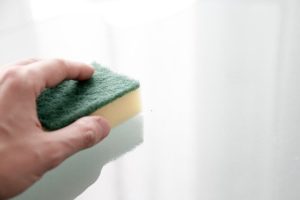 6. USE BORAX ON FABRIC, SURFACES AND WALLS
6. USE BORAX ON FABRIC, SURFACES AND WALLS
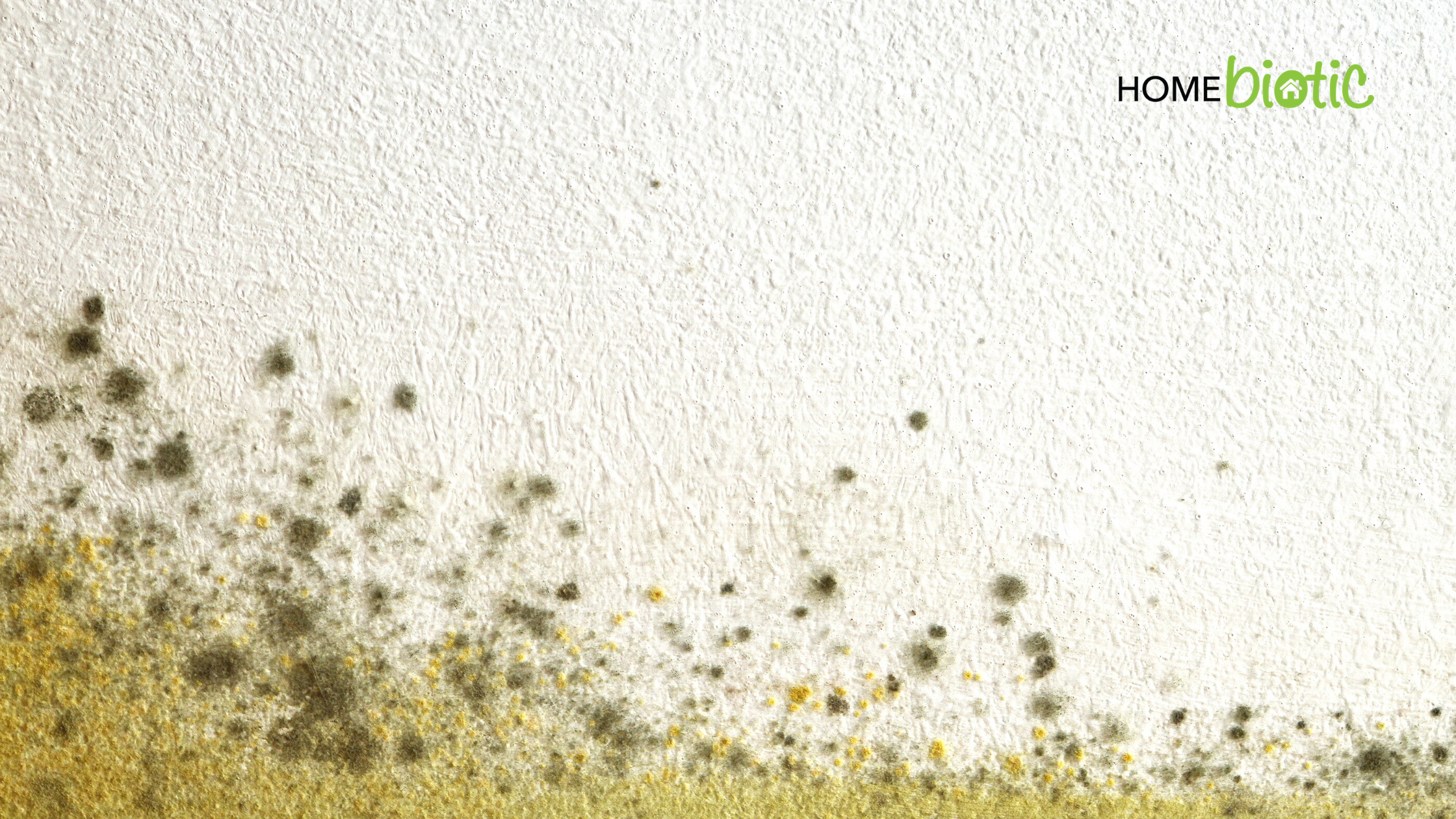
 WHICH HOMES ARE MORE LIKELY TO HAVE MOLD ISSUES?
WHICH HOMES ARE MORE LIKELY TO HAVE MOLD ISSUES?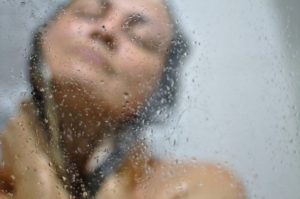 1. Keep moisture as low as possible
1. Keep moisture as low as possible 2. Proper Ventilation
2. Proper Ventilation 3. Make Small Structural or Cosmetic Changes
3. Make Small Structural or Cosmetic Changes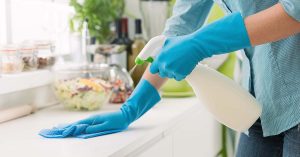 4. Choose Your Cleaning Products Wisely
4. Choose Your Cleaning Products Wisely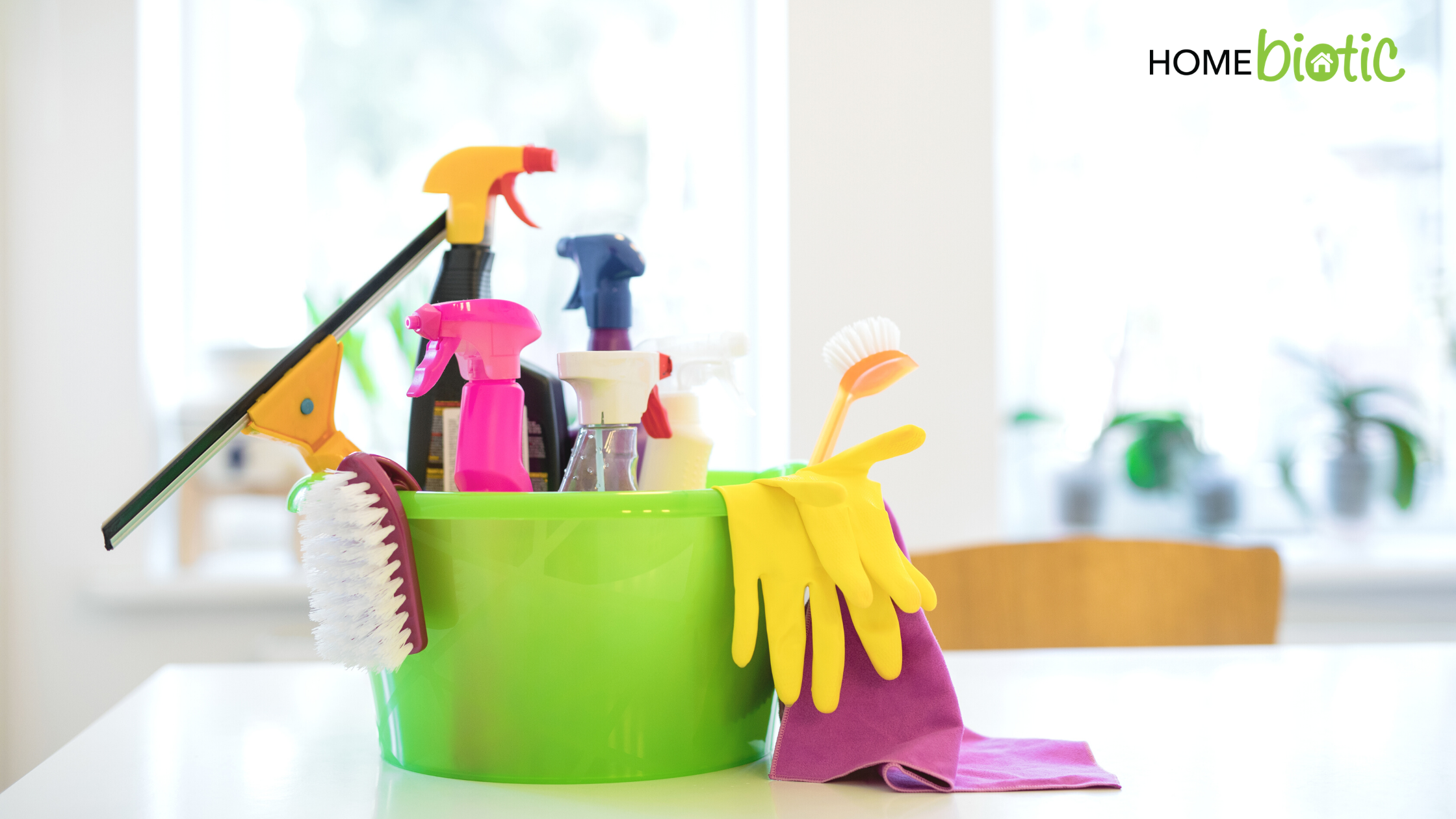
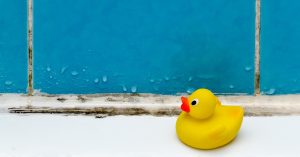
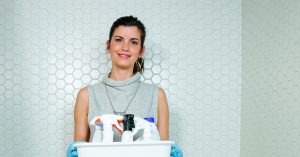 DOWNSIDES OF USING BLEACH
DOWNSIDES OF USING BLEACH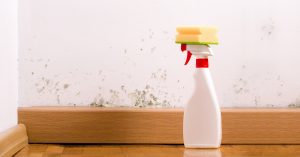 IS HYDROGEN PEROXIDE BETTER?
IS HYDROGEN PEROXIDE BETTER?